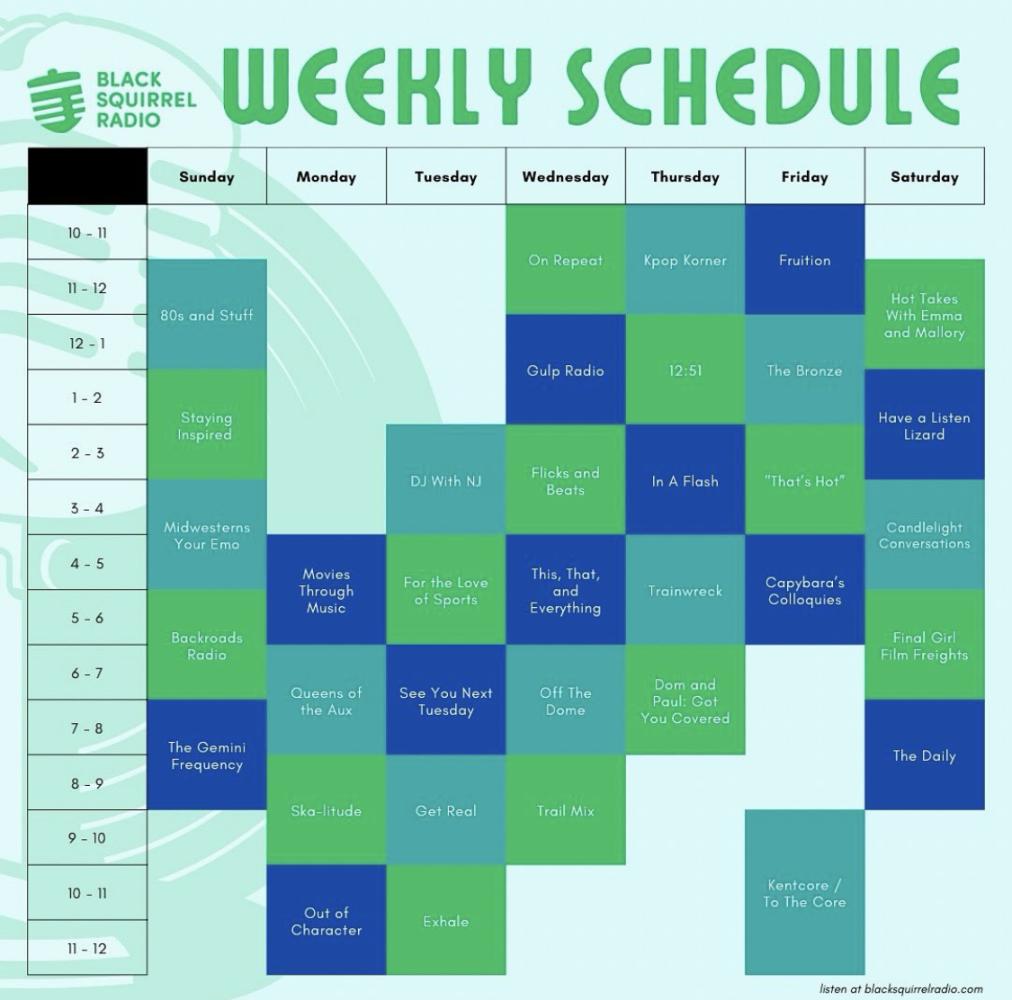“Vine 2” came out– and nobody seems to care
Written by BSR Web Staff on February 4, 2020
There’s no worse feeling than the moment of realization that you’re going to get a stuffy nose. The understanding that the next few days, or weeks, are going to be a miserable whirlwind of sniffling only makes you yearn for the time you took for granted– the majority of your life that you spent not appreciating your clear sinuses. But by the time you’ve realized how amazing life is with a clear nose, it’s too late.
In 2016, the dearly beloved 6 second looping app, Vine, was unfortunately killed off by it’s creator with the somewhat convincing promise that “Vine 2” would premiere in the next few years. Similar to my stuffy nose analogy (uh, yeah– I brought that up for a reason), the “death” of Vine naturally made millennials and Gen Z-ers across the world appreciate the content they’d took for granted once it was too late. Hundreds of thousands of Vine compilations littered YouTube recommended playlists for years after the “death” of the platform… until the creation of TikTok.
https://www.youtube.com/watch?v=1Tdq2NvEjYs
TikTok, formerly known as Musical.ly, is the video/audio successor of Vine– although owned by different companies, it’s clear that the inspiration for the concept, layout and looping-based platform came from Vine’s precedent. And while the two apps seem similar on paper, there’s different social connotations with each. So when “Vine 2”, officially known as Byte, came out on Jan 24, 2020, I expected to see the majority of millennials flock back to their obsession… but they didn’t. Nobody posted about it. Nobody seemed to even know that the app was back, despite the original backlash Vine faced when it was announced that it would be shut down. So why does literally nobody care?
My first hypothesis was that TikTok’s target audience was too young to remember Vine, and millennials are now too busy to care. The average TikTok creator is under the age of 18; however, there seems to be an increase of older users on the app. According to Chris Beer’s statistics on globalwebindex, 41% of TikTok’s users are between the ages of 16 and 24. And while that does still remain on the young side of today’s social media users, anyone currently between the ages of 16 and 24 is more than old enough to remember Vine, especially because the “RIP Vine” movement lasted for a year or two after the app shut down.
I hate to be the one to say it, but maybe the reason nobody is getting on Byte is because Vine was never really that good in the first place. Maybe we didn’t appreciate it until it was gone because it never really deserved that much appreciation. Do you really have to appreciate every second you don’t have a stuffy nose when that’s the way your body is intended to be working anyways?
TikTok brings a lot to the table that Byte can’t. For one, length. TikTok allows videos to range anywhere from one to 60 seconds, allowing more time for a joke to be set up and executed, whereas Byte’s decision to keep videos 6 seconds long often makes punchlines feel rushed and incomplete, especially to users who are too young to remember the six-second time limit and/or have gotten used to the freedom of 60 seconds.
Another factor is the use of filters and audios. Byte remains simple in it’s editing process– so simple that the only effect users can add is ‘Ghost Mode’, a feature that allows the user to overlay the last clip they’ve taken with the one they’re about to take. Contrasted with TikTok’s vast vault of filters, effects, stickers, text, and music and audio files that can be added into videos straight from the app, it seems like Byte isn’t able to adapt to the constantly changing, customizable social media game. User-generated content is based upon originality, sure. But it’s also crucial to the survival of the app that users stay in the app; and it seems a bit counterproductive that Byte “content creators” have to edit the videos they want to post elsewhere.
TikTok is able to keep users on the app almost so well that it’s borderline manipulative. No, scratch that. It is manipulative. The way users can edit their videos on hand, the endless scrolling that’s designed to mirror a slot machine, the simple design of the For You algorithm… all of it is carefully crafted to keep users on the app for as long as possible. 
It seems like Byte got half of the memo. After about five minutes of the app, I was ready to log out and delete. The layout wasn’t nearly as user-friendly, the content was lower quality, and it was clear that there was no “For You” algorithm. The entire basis of the app relied on the home screen– which is fine, but makes it much more difficult for users to go viral and gain a following, which is one of the main appeals of TikTok. Although Byte uses channels to produce a way for videos to be categorized (Comedy, Fitness, Sports, Beauty, the incorrectly spelled “Wierd”, etc.), unless you manually click into each individual category you want to see, your home page will just come to an end and nobody will see that video you just posted except your eight followers.
I guess I’ll be the one to say it. Byte isn’t good. I know “comedy is subjective” and all that, but it’s boring to use, it’s difficult to edit, and it’s limiting in its content. There seemed to be a lot of bugs in the software still, and basic functions were irritating to use; I couldn’t even figure out how to pause a video I was watching. Vine had a good run, and we can always cherish the memories and memes it brought us, but the future of looping social media still lies in TikTok. It’s fresh, it’s fast-paced and easy to use. Who cares if it’s really owned by the Chinese government? It’s time we, as a society, take a freaking DayQuil, look to the future and move on with our lives.





Martin Gilliland On February 4, 2020 at 10:49 pm
Nice job Rory!!